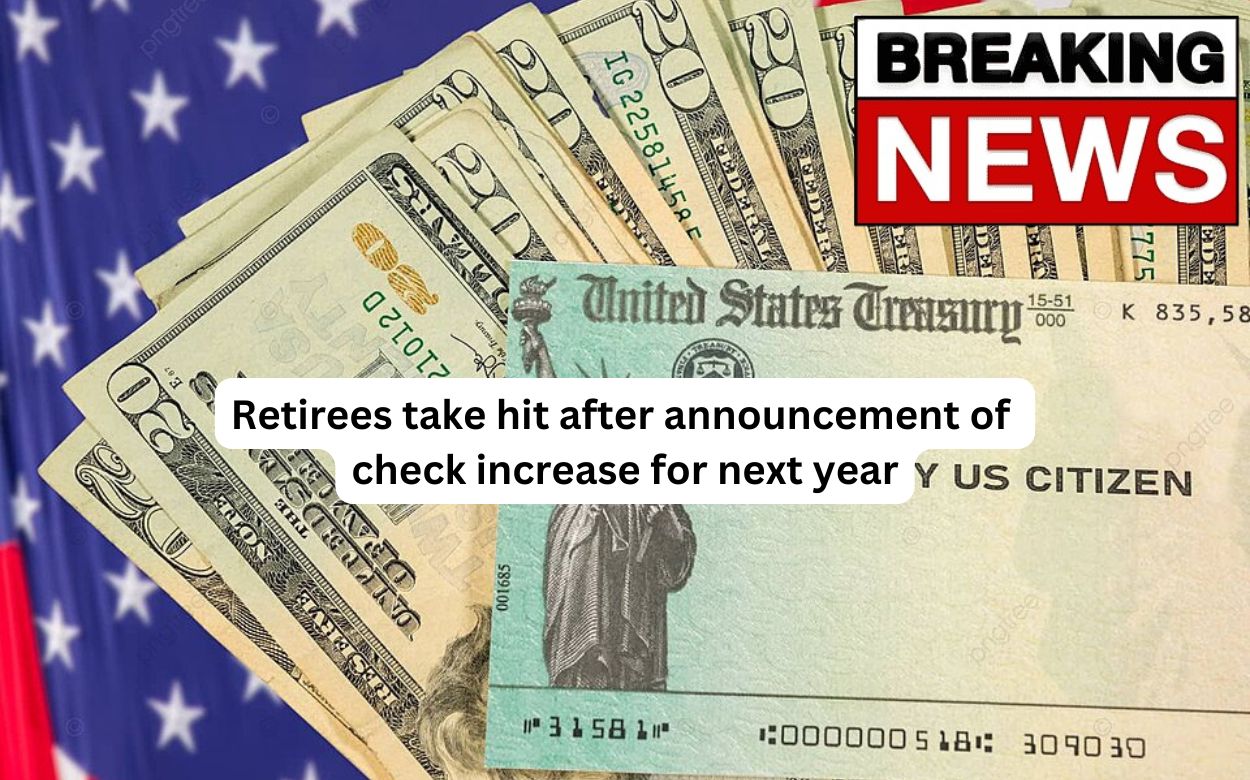Retirees Brace for a Shock: 2025 COLA Increase Falls Short, What It Means for Your Next Check
Following the announcement of the 2.5% cost-of-living adjustment rise in October, many people began calculating their new Social Security benefits to see how much, if any, it would improve their finances, and the results were less than favorable.

The rise was computed using the CPI-W (Consumer Price Index for Urban Wage Earners and Clerical Workers) and inflation data from the year’s third quarter. By then, efforts had been taken to reduce inflation, and the figure was low, which is desirable in theory. Lower inflation and, thus, a lower COLA indicate that the economy is stabilizing and prices will not continue to rise. Still, it also implies that retirees will have less money to pay previously increased expenses.
If the reduced rise is good, many people question the index used to determine it. They argue that the CPI-W, which tracks daily spending on items such as food, housing, and consumer goods for workers, does not accurately capture the impact of inflation on retirees and that a new index, the Consumer Price Index for Americans Aged 62 and Up (CPI-E), should be used because it more accurately reflects the costs faced by older adults.
The Social Security COLA shortfall is a compounded issue:
The problem does not conclude with an insufficient COLA; increased Medicare premiums and deductibles will probably eat up much of it. Most recipients pay Medicare premiums straight from Social Security, and when these rise, their benefits shrink. In November, the Centers for Medicare & Medicaid Services (CMS) revealed the 2025 Medicare premiums, deductibles, and coinsurance rates, including revisions for Medicare Part A, Part B, and income-related monthly premiums for Medicare Part D. The rise is significant.
Medicare Part B’s regular monthly payment will climb to $185.00 in 2025, up $10.30, and the yearly deductible will rise by $17, from $240 in 2024 to $257 in 2025. And this is only one of the components. This is not an isolated increase; numerous things, including groceries, housing, and gas, have risen in recent years, forcing seniors to dive into their savings to bridge the gap between their benefits and their bills, leaving many in a difficult situation.


Comments are closed, but trackbacks and pingbacks are open.